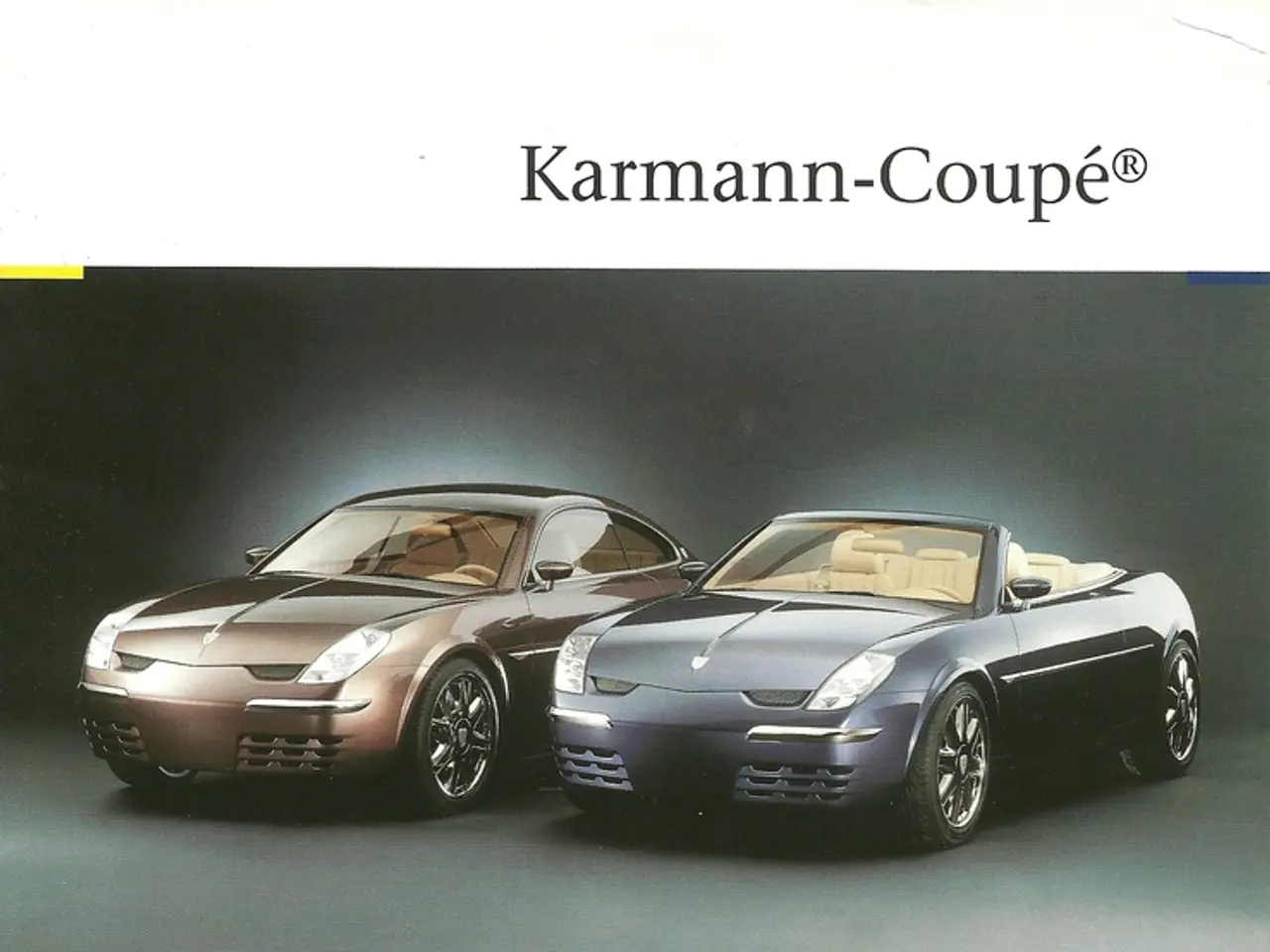Athletes with implants expressing reduced regret in their aggressive behavior - a look at five prominent sports figures
Plug-in Hybrid Supercars Take Centre Stage for 2025 Models
As the supercar market evolves, several manufacturers are embracing plug-in hybrid technology to improve performance and reduce emissions. The Ferrari 296 GTB (and its Speciale variant), Lamborghini Revuelto (and Temerario), and McLaren Artura are the key comparisons available for 2025 models, with Aston Martin's hybrid supercars less detailed in the latest data.
Performance
The performance specifications of these supercars are impressive. The Ferrari 296 GTB and Speciale boast 819 HP and 868-880 HP respectively, with 0-60 mph times of approximately 2.9 seconds and 2.8 seconds respectively, and top speeds of around 205 mph and 208 mph. The Lamborghini Revuelto and Temerario offer 1,015 HP and 907 HP respectively, with the Revuelto reaching 0-60 mph in 2.5 seconds and boasting a top speed of 217 mph. The McLaren Artura is less powerful, with 671 HP, but still offers impressive performance, with an approximate 0-60 mph time of 2.8-3.0 seconds.
Electric Range and CO2 Emissions
Specific electric-only ranges for these supercars are not frequently published in detail, but plug-in hybrid supercars generally offer 15–20 miles of electric range due to performance-focused batteries. The Porsche Panamera Turbo S E-Hybrid, a high-performance hybrid, has a 52-mile electric range, showing that supercars prioritize performance over electric range.
Plug-in hybrid supercars significantly reduce emissions relative to pure V12 or V8 combustion engines by combining electric motors. Ferrari's move to hybrid V6 powertrains represents a drop in emissions by greatly reducing engine displacement while adding electric boost. Lamborghini's hybrid V12 in the Revuelto, despite high power, will have higher emissions than smaller hybrids but still lower than the non-hybrid Aventador it replaces. McLaren's hybrid Artura is designed for efficiency gains in hybrid mode, but exact CO2 figures are less commonly published.
Summary
In conclusion, the Lamborghini Revuelto leads in raw power and speed, the Ferrari 296 Speciale blends high performance with advanced hybrid tech and likely better efficiency, and the McLaren Artura emphasizes effective hybrid duty with respectable power. Aston Martin's current hybrid supercar data is less detailed but generally competitive in power though less focused on electrification metrics available. CO2 emissions trends favour hybrids with smaller engines and electric assist, notably Ferrari's shift from V8s/V12s to V6 hybrids.
Additional Information
- The McLaren Artura Spider, a plug-in hybrid super sports car, can accelerate from 0 to 100 km/h in 3.0 seconds.
- Lamborghini is introducing the new Temerario, a plug-in hybrid successor to the Huracan, priced from 307,500 euros.
- The McLaren Artura Spider's plug-in drive consists of a 3.0-liter V6 gasoline engine with 585 PS, an electric machine with 94 PS, and a battery with a usable capacity of 7.4 kWh.
- The Lamborghini Temerario can drive up to 12 kilometers purely electrically and almost silently.
- The Ferrari 296 GTB can drive up to 25 kilometers purely electrically and has a top speed of 135 km/h on electric power.
- Supercars are adopting plug-in hybrid technology to reduce fuel consumption and meet legal requirements.
- Czinger's 21C is a limited-production two-seater with a tandem cockpit, mid-engine, and hybrid powertrain, developed using 3D printing technology.
- The Czinger 21C, a hybrid supercar, delivers a system output of over 1350 PS and can accelerate from 0 to 100 km/h in under two seconds.
- The Aston Martin Valhalla can accelerate to 100 km/h in an undisclosed time and has a top speed of 350 km/h.
- The Aston Martin Valhalla, a plug-in hybrid supersports car, delivers a total output of 1079 PS and a maximum torque of 1100 Nm.
- The Lamborghini Temerario produces 800 horsepower from its V8 engine and an additional 120 horsepower from its electric motors.
- Pure electric performance vehicles are not yet common in the supercar market, with the exception of the AMG GT XX series model announced for 2026.
In the 2025 supercar market, the community policy is shifting towards adopting plug-in hybrid technology, particularly evident in models like the Ferrari 296 GTB, Lamborghini Revuelto, McLaren Artura, and Aston Martin's hybrid supercars. This technological advancement not only improves vehicle performance and reduces emissions but also enhances their lifestyle appeal, as shown in the addition of sports features such as the McLaren Artura Spider's 0-100 km/h acceleration in 3.0 seconds and the Lamborghini Temerario's electric-only driving capacity of up to 12 kilometers. On the other hand, Czinger's 21C, a limited-production hybrid supercar, showcases the integration of innovative technology like 3D printing, delivering a system output of over 1350 PS and accelerating from 0 to 100 km/h in under two seconds.




